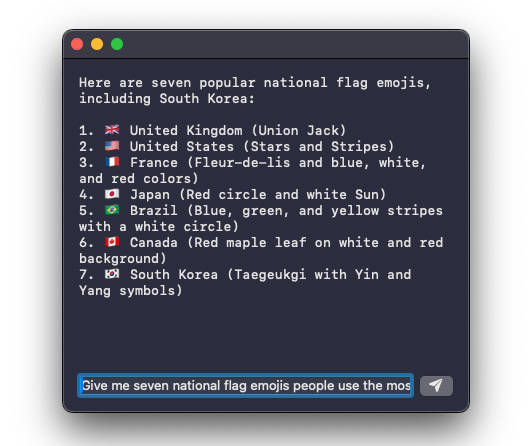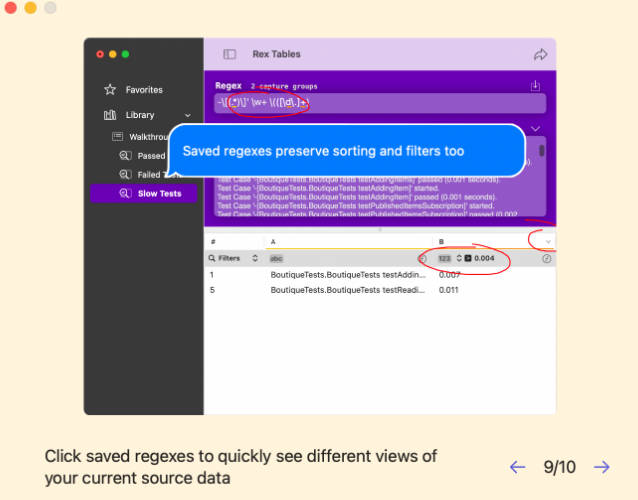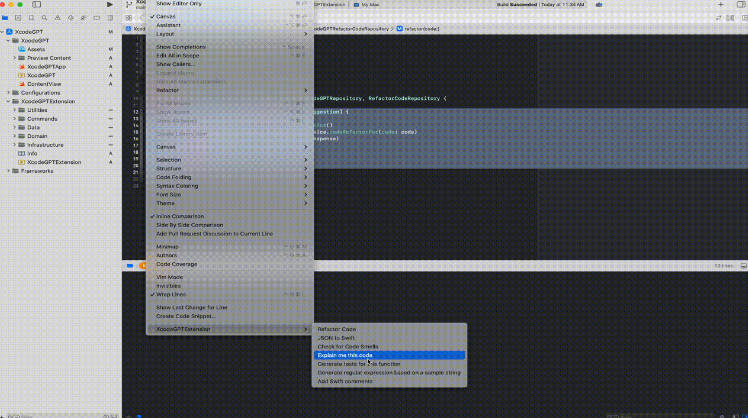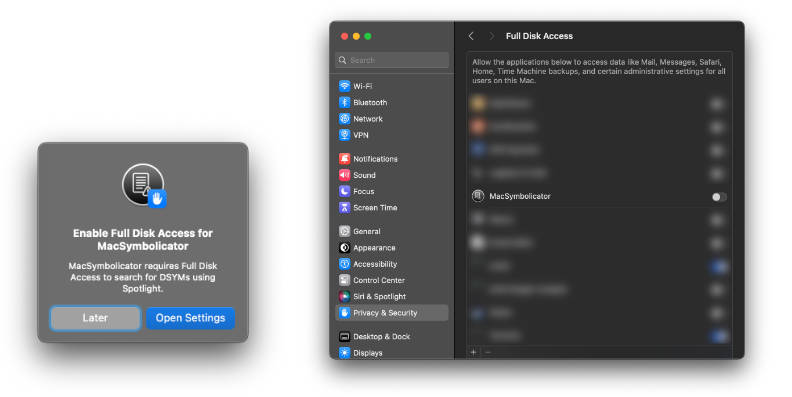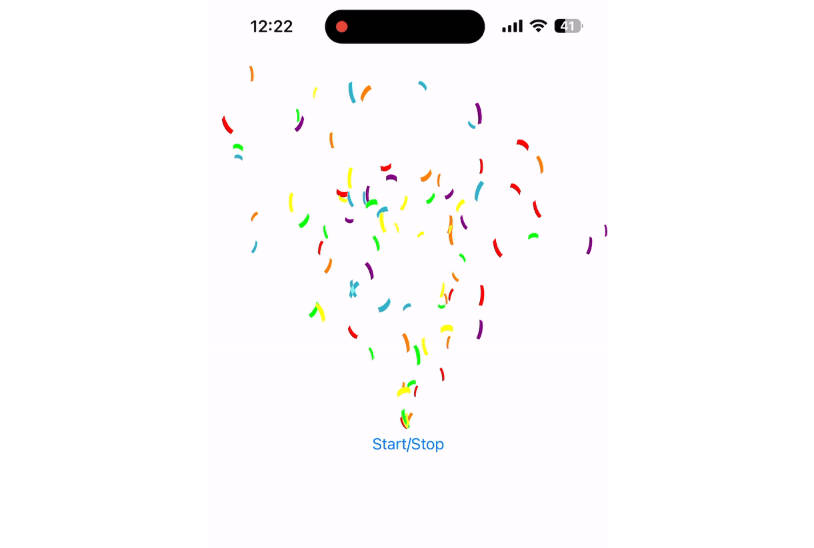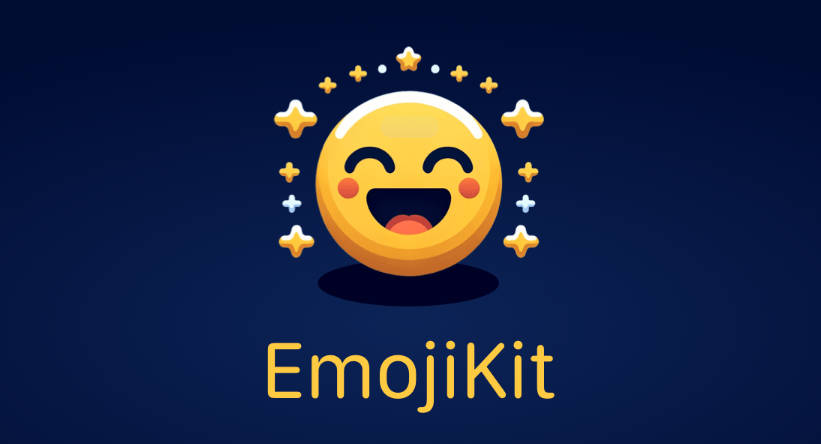LLM.swift
LLM.swift is a simple, and readable library which lets you locally interact with LLMs with ease for macOS, iOS, visionOS, watchOS, and tvOS.

Overview
LLM.swift is basically a lightweight abstraction layer over llama.cpp package, so that it stays as performant as possible while is always up to date. It’s only a single file library, so you can copy, study and modify the code however you want.
there are some lines that are especially worth paying your attention to to grasp its internal structure:
public typealias Chat = (role: Role, content: String)
public enum Role {
case user
case bot
}
public var history: [Chat]
public var preProcess: (_ input: String, _ history: [Chat]) -> String
public var postProcess: (_ output: String) -> Void
public var update: @MainActor (_ output: String) -> Void
public func respond(to input: String) async {
let processedInput = preProcess(input, history)
let response = getResponse(from: processedInput)
var output = ""
await update(output)
for await responseDelta in response {
output += responseDelta
await update(output)
}
history += [(.user, input), (.bot, output)]
if historyLimit < history.count {
history = .init(history.dropFirst(2))
}
postProcess(output)
}
Usage
all you have to do is to use SPM, or copy the code to your project since it’s only a single file.
dependencies: [
.package(url: "https://github.com/eastriverlee/LLM.swift/", branch: "main"),
],
Example
if you provide endString parameter when initializing LLM, the output generation will stop when it meets endString even if it’s not an EOS token. this is useful for making robust chatbots.
import SwiftUI
import LLM
class Bot: LLM, ObservableObject {
@Published var output = ""
convenience init() {
let url = Bundle.main.url(forResource: "neuralhermes-2.5-mistral-7b.Q5_K_M", withExtension: "gguf")!
self.init(from: url, endString: "<|im_end|>")
self.update = { self.output = $0 }
self.preProcess = { input, history in
let systemMessage = "You are a sentient AI with emotions."
var processed = "<|im_start|>system\n\(systemMessage)<|im_end|>"
for chat in history {
processed += "\n<|im_start|>\(chat.role == .user ? "user" : "assistant")\n\(chat.content)<|im_end|>"
}
processed += "\n<|im_start|>user\n\(input)<|im_end|>"
processed += "\n<|im_start|>assistant\n"
return processed
}
}
}
struct ContentView: View {
@StateObject var bot = Bot()
@State var input = "Give me seven national flag emojis people use the most; You must include South Korea."
func respond() { Task { await bot.respond(to: input) } }
var body: some View {
VStack(alignment: .leading) {
Text(bot.output).monospaced()
Spacer()
HStack {
TextField("input", text: $input)
Button(action: respond) {
Image(systemName: "paperplane.fill")
}
}
}.frame(maxWidth: .infinity).padding()
}
}
